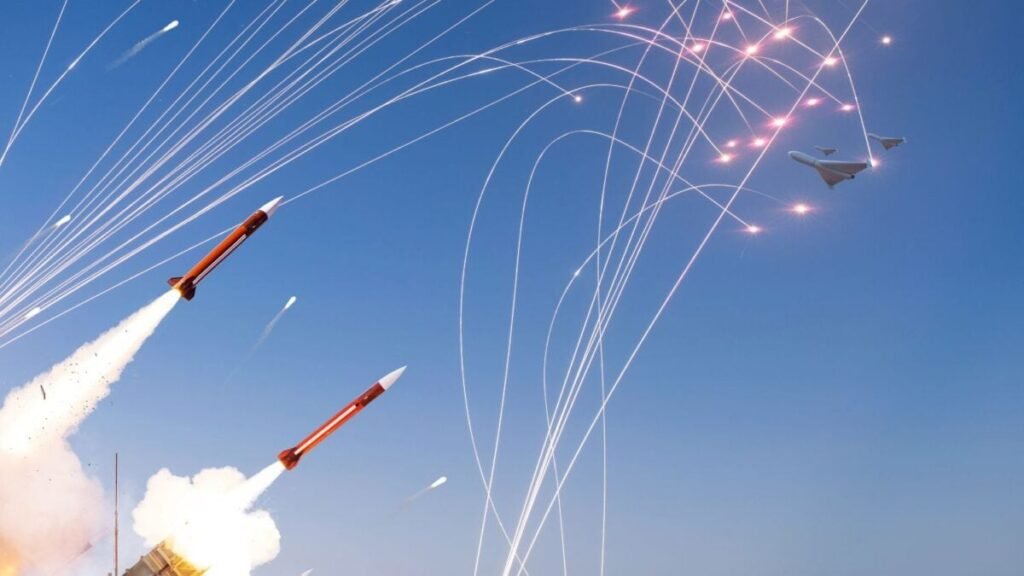The Ultimate Weapon for Drone Neutralization: Achieving Precision to Disable 20 to 50 Drones per Minute

In recent years, armed conflicts have been transformed by an unexpected threat: swarms of drones. Difficult to track, cheap to produce, and highly effective, they have become a real challenge for armies. Faced with this scenario, an Australian company has developed a device that promises to neutralize these threats with speed and precision that seem straight out of science fiction.
Apollo, the Australian response
Electro Optic Systems (EOS) worked for over a decade on creating “Apollo,” a 150-watt laser system designed specifically to shoot down between 20 and 50 drones per minute. Its continuous firing capability and millimetric precision make it a crucial tool. Additionally, it can be deployed in less than two hours, making it essential in emergency situations where every second counts.
Lethal precision and minimal costs
One of the major attractions of Apollo is not only its effectiveness but also its operational economy. While shooting down a drone with a missile costs thousands of dollars, Apollo’s cost only amounts to the energy used. EOS defends this advantage as the key to ensuring sustainable defenses on a large scale, as the savings compared to traditional weapons are simply colossal.
Apollo was not conceived as an isolated system but as part of a larger defensive network. It is designed to integrate with NATO’s command and control systems, as well as with existing air defense platforms. This ensures a coordinated response to growing threats. For EOS, the goal is clear: if drones changed warfare, now it’s time to respond with solutions capable of operating “at the speed of light.”
A new era in military defense
What makes Apollo stand out is not only its technical capability but the context in which it emerges. The world’s armies need faster, more precise, and sustainable tools to face constantly evolving threats. With this creation, EOS sends a clear message: the future of defense is written with light, and what comes next could completely redefine combat scenarios.





